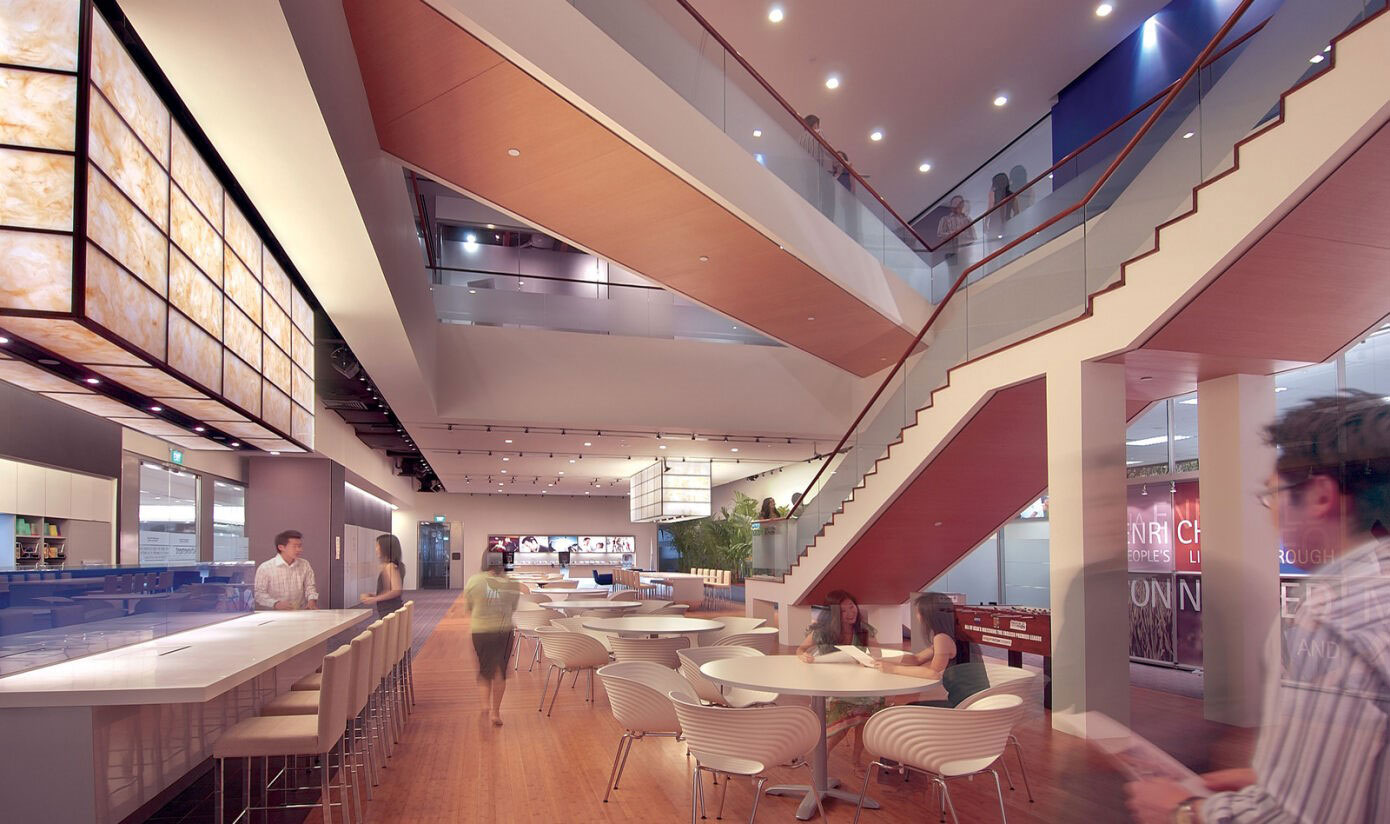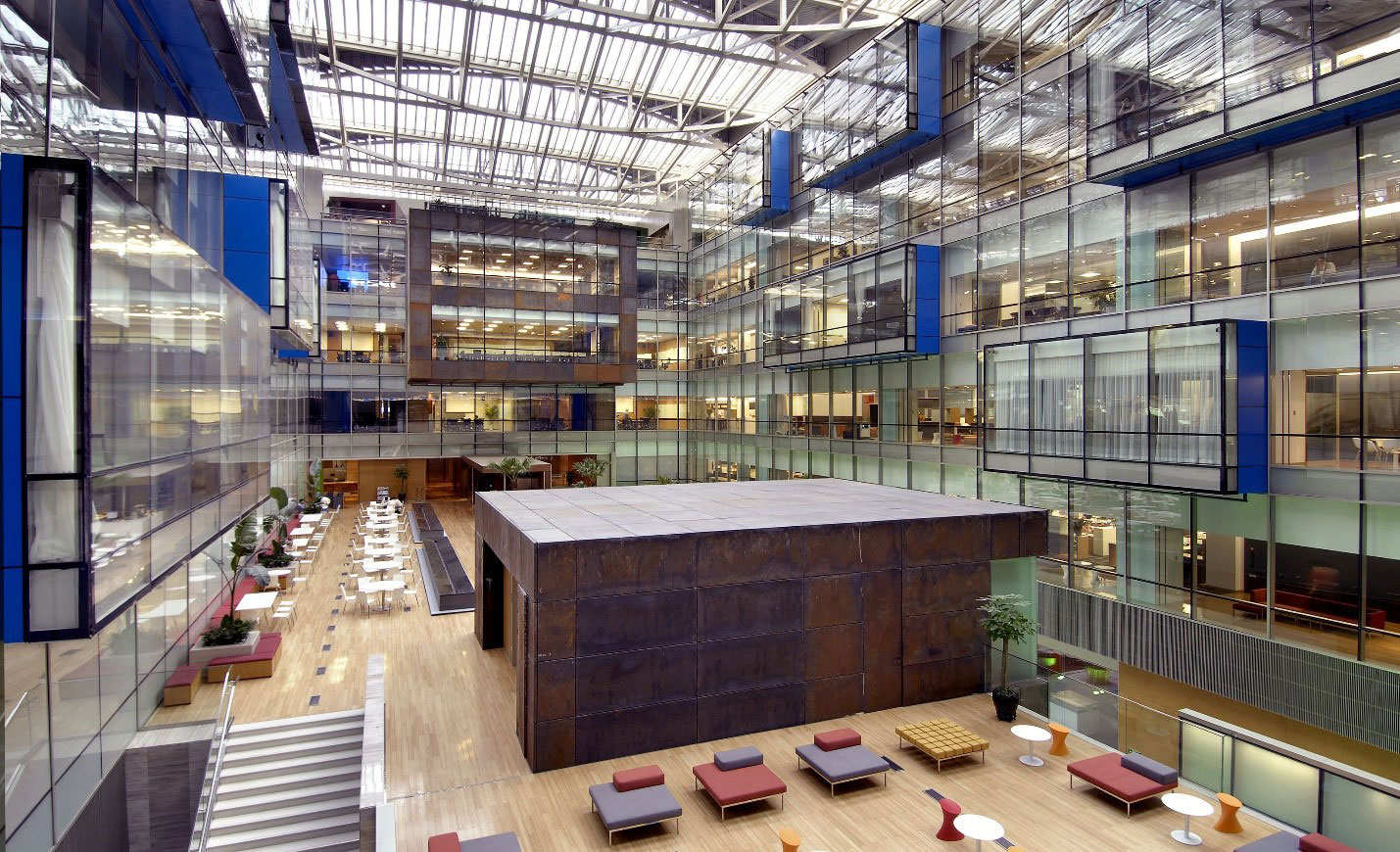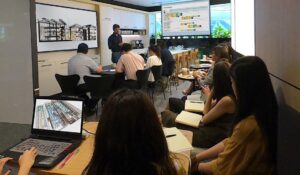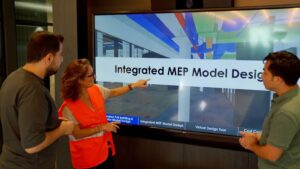Some years ago, there was a sprawling regional headquarters redesign that I had the privilege of leading as a complete integrated solution. The floors were 75,000 square feet each. The project was for one of the foremost leaders in technology and mobile devices. It was a restacking of an existing facility where people were working in situ during the complete renovation. If you have ever been involved in a project like that then you know how arduous that can be.
The large workplace project involved a total retooling of the way they were to work and interact. It involved many months of extensive strategy and preparations. Designs were innovative and bore little relation to the siloed ways they were working before. But the actual construction, which was a management contracting project on top of the strategy, interior design and engineering coordination we were responsible for, was all on us as CM at risk.
Our client was looking for ways where we might place intensive attention on site to the rigorous restacking while work was going on as normal all around the renovations. Naturally this meant night work, weekends, holidays and a highly complex churn effort to move the mosaic of departments from floor to floor and in some cases necessitated two moves for certain departments. A loss of even a day or a weekend could domino through the entire project adversely affecting not only construction and relocations but also the tight logistical arrival of materials including some highly customized components and modular systems. What a potential nightmare for all. There is so much that could easily go wrong on this expansive headquarters. And it was a long and hard effort for everyone involved.
The highly motivating solution to this long arduous and complex project was to develop a very special set of Key Performance Indicators that reflected the aspects that the client wanted but could not be simply procured. Things like developing a certain number of ideas per week or per month that would innovatively improve the schedule.
This might mean negotiating with suppliers, specialists and sub-contractors to coordinate more rapid or sequenced works. Or finding cost savings throughout the project that would not adversely affect functionality or quality. Then there was the need to somehow keep the night work and evening work immaculately clean so that dust and smells did not affect working in the day.
On top of all this there were sensitive prototypes of devices and security from theft or espionage was a real concern. (actually, there was a theft of a prototype but – spoiler alert – the security guard himself was the culprit and our extra unknown cameras which even he was unaware of, captured him.)
A score was given each week and each month of -1,0 or +1 for each category and an overall positive score would increase a bonus at the end of the project whereas the negative one would decrease it. Furthermore, there was an agreement that the bonus would be shared with the high performing leaders who were very hands-on weekends and nights to deliver the results.
Admittedly, this only works well with an even-handed and forthright client who would not provide punishing scores just to lower a bonus, but the rewards and cost savings achieved from this KPI-fueled effort saved them nearly a million dollars on the project, several times more than the bonus they paid.
There were other complexities I won’t delve into here but the use of highly customized KPIs were very useful when coupled with potential gains or losses due to performance (mind you, there were caps to how much gain and caps to how much loss could be incurred so it wasn’t quite as risky as it may sound.)
KPIs for workplace design and construction projects can be specifically tailored to more relevant and practical aspects such as schedule optimization, cost control, innovation in project delivery, quality improvement, and safety enhancements. Here’s an example set of KPIs focusing on these areas but keep in mind that the scoring should be a simple one that can be applied in minutes and the criteria should be made very clear and agreed beforehand:
- Schedule Optimization Metrics:
- Number of Ideas to Shorten Schedule Without Loss of Quality: This KPI measures the effectiveness of strategies implemented to reduce project timelines while maintaining quality standards.
- Schedule Variance: Tracks the difference between planned and actual project timelines, indicating efficiency in schedule management.
- Cost Control and Reduction Metrics:
- Suggestions for Cost Control Improvements: Quantifies the number of actionable strategies proposed for better cost management.
- Cost Reduction Rate: Measures the percentage reduction in costs due to implemented cost-saving strategies, compared to original estimates.
- Budget Variance: The difference between the budgeted and actual costs, showing the effectiveness of cost control measures.
- Innovation in Project Delivery Metrics:
- Innovations Implemented for Efficiency: Tracks the number of new methods or technologies adopted to streamline the project delivery process.
- Process Improvement Index: Assesses the impact of these innovations on overall project efficiency and delivery time.
- Quality Improvement Metrics:
- Reduction in Defects and Corrective Actions Required: Monitors the decrease in the number of defects over time, indicating improvements in quality.
- Rework Rate: Measures the frequency of rework required, reflecting the initial quality of workmanship.
- Safety Enhancement Metrics:
- Improvements in Safety Practices: Tracks the implementation and effectiveness of new safety protocols or initiatives.
- Safety Incident Rate: Monitors the frequency of safety incidents, reflecting the effectiveness of improved safety measures.
- Employee Engagement and Feedback Metrics:
- Number of Employee Suggestions Implemented: Tracks how many employee suggestions for project improvements are adopted, indicating engagement and contribution to project success.
- Employee Satisfaction Index: Reflects the overall satisfaction and morale of the workforce, which can impact project outcomes. Including disruptions through noise or dust of construction in this case)
- Client Satisfaction and Feedback Metrics:
- Client Feedback Score: Measures client satisfaction with the project’s progress, quality, and outcomes.
- Client Recommendation Rate: Assesses the likelihood of the client recommending the company for future projects, indicating overall satisfaction with the project.
These KPIs are designed to provide a more nuanced and practical understanding of workplace design and construction projects, focusing on areas critical to project success such as efficiency, cost-effectiveness, quality, safety, and stakeholder satisfaction.
Tracking these metrics can lead to more informed decision-making and continuous improvement in project management. These are not the exact ones that we used but are indicative. The next time stakes are high, such a system may be considered and if crafted correctly and implemented with the entire team behind it, this can work remarkably well. In fact I’m sure a custom GPT or similar AI can be easily made by any architect, designer or contractor looking to do this through natural language inputs and receive reports and data with no coding required. I doubt that subscriptions to specialized programs would be necessary.
As a result of the success of this very difficult project in South East Asia, we were recommended to and won the architecture and interior design of an even larger HQ in a greenfield site in China. So, one can say that the effort to create a highly motivating and properly arranged system of KPI had a ripple effect.
As for this headquarters, the client themselves conducted seminars bringing many dozens of their own leaders from all over the world to learn from this project. I’d like to also thank John Sellery, group managing director, who conceived of the management contracting / KPI approach which we used and worked with me closely to work out the arrangements with our client. At that time, it was a completely new approach for me and a type of structure that I think others should learn about as well.





